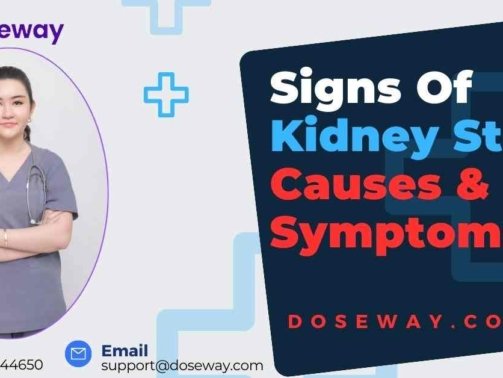The Botox face lift represents a revolutionary non-surgical approach to facial rejuvenation that uses strategically placed neurotoxin injections to create a subtle lifting effect. This innovative technique, often called a "liquid facelift" or "Botox ...
Best Heartburn Medicine For Immediate Relief (Natural Remedies+Prevention)
Heartburn is a common discomfort characterized by a burning sensation in the chest, typically caused by acid reflux. It occurs when stomach acid flows back into the esophagus, often after consuming trigger foods like fatty, spicy, or acidic dishes. ...
Cetirizine Side Effects: Uses, Dosage, & Benefits
Cetirizine is a widely used antihistamine medication that helps relieve common allergy symptoms such as sneezing, runny nose, itchy eyes, and hives. It is often prescribed to treat allergic rhinitis (hay fever), dermatitis, and urticaria. Cet ...
10 Signs Of Kidney Stones: Causes, Symptoms, Diagnosis & Treatment
Kidney stones are small, hard deposits that form in the kidneys and can cause severe pain and discomfort when passing through the urinary tract. The treatment for kidney stones depends on the type of stone you have. Different medications are ...
How To Prevent Vitiligo? Causes, Symptoms & Treatment
Vitiligo is a skin condition that causes skin patches to lose color, making them appear lighter or white. It happens when the cells that produce skin color, called melanocytes, stop working or are destroyed. Although there is no cure for vit ...
Continuous Glucose Monitor Price In Pakistan [CGM Types, Uses, & Prices]
In modern healthcare, managing diabetes and monitoring glucose levels has become more convenient and efficient, thanks to innovative technologies like Continuous Glucose Monitors (CGMs). If you're living with diabetes or simply interested in ...
Top 10 Eye Drops For Red Eyes In Pakistan [Price, Uses, & Side Effects]
Red eyes, also known as conjunctival injection, occur when the blood vessels on the surface of the white part of the eye become inflamed or swollen. Common causes include: Allergies (dust, pollen, or pet dander) Dryness or irritation ...
5 Best Eye Drops For Infection In Pakistan
Eye infections occur when harmful microorganisms, such as bacteria, viruses, or fungi, invade the eye or surrounding tissues. These infections can affect various parts of the eye, including the conjunctiva (conjunctivitis or pink eye), corne ...
Lavender Oil Uses For Hair (Lavender Essential Oil In Hair)
Lavender oil originates from the Mediterranean region and has been used since ancient times to promote hair growth, improve scalp health, and enhance overall hair quality. The ancient Romans, Egyptians, and Greeks valued lavender for its cal ...
Lavender Oil Uses For Skin (Skin Benefits Of Lavender Oil)
Lavender oil's use dates back to ancient civilizations, where it was valued for its therapeutic properties. The Egyptians, Greeks, and Romans employed lavender oil in perfumes, cosmetics, and medicinal remedies. Today, lavender oil is a stap ...

 Cart is empty
Cart is empty 








